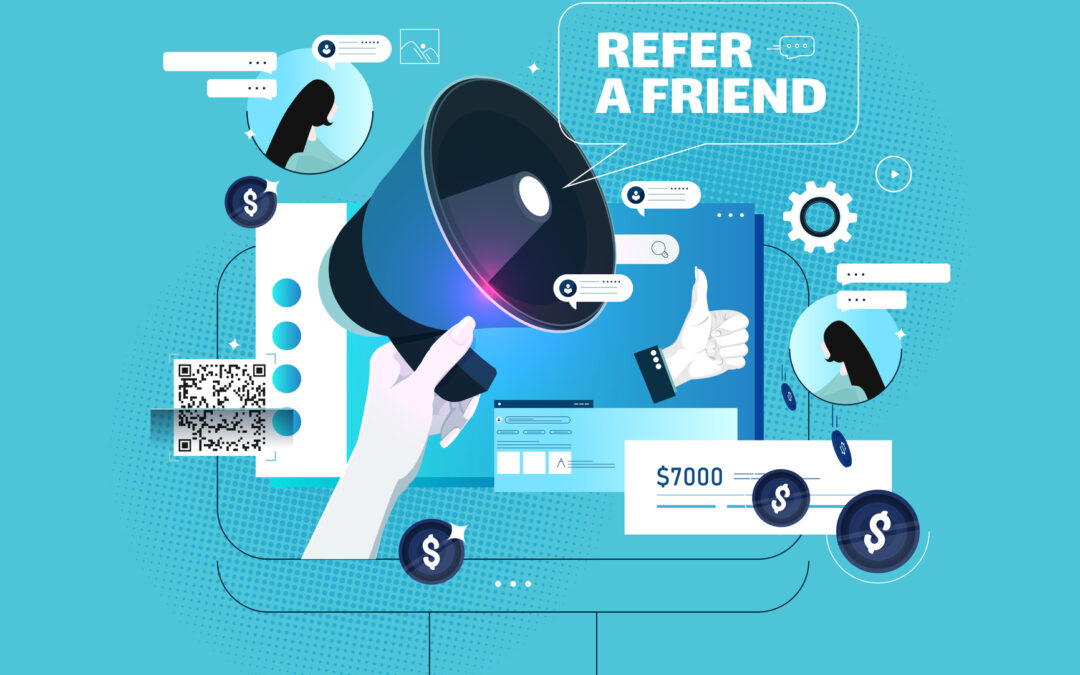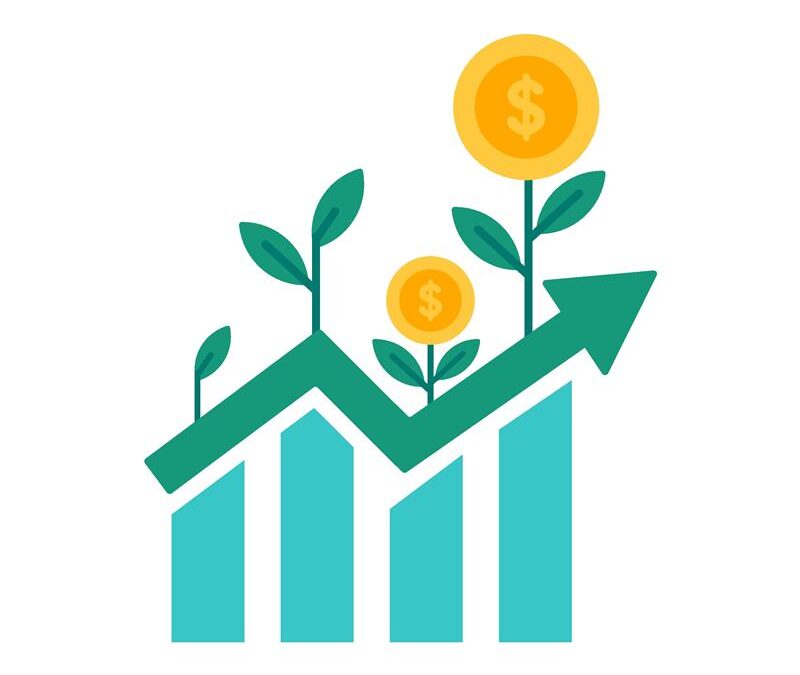The CRM Problem Healthcare Can’t Ignore
If you ask most healthcare leaders about their CRM, you’ll hear a familiar refrain: “We have one, but we’re not getting the value we expected.”
Hospitals and health plans have invested millions in customer relationship management systems. Yet in too many boardrooms, the CRM is still seen as a cost center, not a growth engine.
The data backs this up: 44% of organizations say they are not realizing measurable value from their CRM (Forrester, 2024). In healthcare specifically, adoption is even lower—marketing and care teams often default back to spreadsheets, call lists, or siloed portals.
The irony? In other industries, CRMs are already powering double-digit growth. In banking, retail, and travel, predictive CRMs deliver personalized experiences that customers barely notice but always value. Healthcare has lagged behind—until now.
The next wave of CRM adoption isn’t about contact management. It’s about turning CRM into the strategic engine of patient and member growth.
From Passive Database to Growth Engine
In legacy mode, CRMs function like a warehouse: data goes in, a few reports come out. But with AI and integrated martech, CRMs can transform into orchestration hubs that:
- Unify Signals – bringing together EMR, billing, portal, and digital behavior data.
- Anticipate Behavior – predicting who is likely to schedule, renew, or churn.
- Personalize Outreach – tailoring communication across SMS, email, portals, and call centers.
- Prove ROI – connecting outreach directly to enterprise KPIs like acquisition cost and lifetime value.
This evolution is why Gartner predicts that by 2026, 60% of healthcare providers will rely on CRM platforms as their central marketing and engagement system (Gartner Healthcare Tech Forecast, 2024).
What a Growth-Ready CRM Looks Like
A growth-ready CRM for healthcare doesn’t just store—it acts.
- For Patients: The CRM identifies that 52-year-old “Maria” has engaged with cardiology content twice in the last week and triggers outreach with a same-day appointment slot.
- For Members: It recognizes that “James” is 60 days from Medicare Advantage renewal, hasn’t opened recent plan emails, and prompts a call center alert for proactive retention.
- For Leaders: Dashboards show not only engagement activity, but how that activity translates into revenue growth, member loyalty, and margin protection.
McKinsey calls this shift “growth systems of record”—where CRMs become enterprise-critical assets, not IT afterthoughts (McKinsey, 2023).
The Cost of Status Quo
The consequences of underperforming CRMs are real:
- Wasted Spend: Hospitals spend millions annually on digital ads but can’t track which clicks convert.
- Churn: Payers lose members at renewal because CRMs don’t flag early warning signals.
- Poor Experience: Patients receive duplicate reminders or irrelevant outreach, eroding trust.
- CFO Skepticism: Without attribution, boards see marketing as expense—not investment.
A Deloitte study found that healthcare organizations using CRMs only for “record-keeping” see less than 10% marketing ROI, compared to 3–5x ROI when CRMs are fully integrated with AI-driven campaigns (Deloitte Health Tech Insights, 2024).
Patient Growth: CRM in Action
When optimized, CRMs directly grow patient volume:
- Smart Segmentation – Instead of blanketing all households with a flu campaign, CRMs identify high-risk patients who haven’t scheduled wellness visits, increasing conversion rates.
- Streamlined Scheduling – Integrated CRMs push reminders via SMS, reducing missed appointments by as much as 26% (Journal of Medical Internet Research, 2023).
- Reactivation Campaigns – CRMs can flag lapsed patients overdue for screenings and automate outreach.
The ROI? Hospitals that embed CRM into patient acquisition strategies report 15–20% increases in new patient appointments year over year (Modern Healthcare Research, 2024).
Member Retention: CRM in Action
For health plans, the stakes are equally high. Churn erodes profitability, and engagement is often limited to transactional communications.
With a growth-ready CRM:
- At-Risk Members are flagged based on call center complaints, low portal use, or renewal inactivity.
- Preventive Nudges encourage screenings or virtual care, improving both member satisfaction and cost management.
- CAHPS Score Optimization becomes possible as CRMs align outreach to the very touchpoints that influence member surveys.
Accenture found that plans using AI-augmented CRMs improved retention by 12–15% and increased member satisfaction scores by 20% (Accenture, 2024).
Why Most CRMs Fail in Healthcare
Three systemic reasons explain underperformance:
- Fragmented Data – Most CRMs never achieve the “360-degree view” because EMR, billing, and call center data remain siloed.
- Low Adoption – Without executive sponsorship and workflows tied to growth, front-line teams don’t use the system.
- No Growth KPIs – CRMs measure activities (emails sent) instead of outcomes (appointments booked, renewals saved).
The fix isn’t replacing your CRM—it’s reengineering its role from IT system to enterprise growth engine.
Experts Perspective
Brent Leary, CRM analyst and co-founder of CRM Essentials, says it plainly:
“CRM is no longer about managing relationships—it’s about orchestrating experiences. The winners will be those who move CRM from a system of record to a system of growth.”
For healthcare, that means using CRM to do more than track. It must predict, engage, and prove.
At ab+a, we help healthcare CMOs and growth leaders:
- Audit CRM utilization against growth KPIs.
- Layer predictive AI to anticipate demand and churn.
- Build workflows that tie CRM data directly to patient volume, member engagement, and financial outcomes.
This is the GiG model—growth, impact, good—in action.
The CRM Growth Playbook
The CRM Growth Blueprint: 7 Steps to Turn CRM Into a Patient + Member Engagement Powerhouse
This new resource includes:
- Diagnostic Checklist: Assess if your CRM is driving growth—or just holding data.
- AI Integration Guide: Practical steps to layer predictive AI into CRM workflows.
- Real-World Use Cases: Health systems and health plans achieving measurable results.
- Boardroom Metrics Framework: How to connect CRM to CPA, LTV, and retention.
This Blueprint is designed for leaders who know their CRM isn’t delivering—and are ready to change that.
Where Leaders Should Start
- Audit Data – Inventory data flows into your CRM. Where are gaps undermining patient and member views?
- Define Growth Use Cases – Choose one or two high-impact goals: reduce no-shows, increase Medicare Advantage renewals, boost referrals.
- Operationalize AI – Build workflows where predictive models trigger outreach, not just reports.
- Prove ROI – Tie every campaign to outcomes CFOs care about: acquisition cost, retention, margin protection.
The Road Ahead
CRM is no longer optional, and underutilization is no longer acceptable. Over the next 18 months, expect:
- CRMs repositioned as enterprise growth engines, not marketing databases.
- Predictive attribution models that CFOs can finally trust.
- Compliance-first personalization that balances HIPAA guardrails with relevance.
- CRMs serving as the nerve center of patient and member engagement.
Healthcare leaders who embrace this shift will not only improve marketing ROI but transform how patients and members experience their organization.
What Happens Next
This Tech Tuesday, we challenge you to ask:
- Is your CRM a database—or a growth engine?
- Where is it helping you win patients and members—and where is it holding you back?
- How can you unlock the predictive power hiding inside it?






